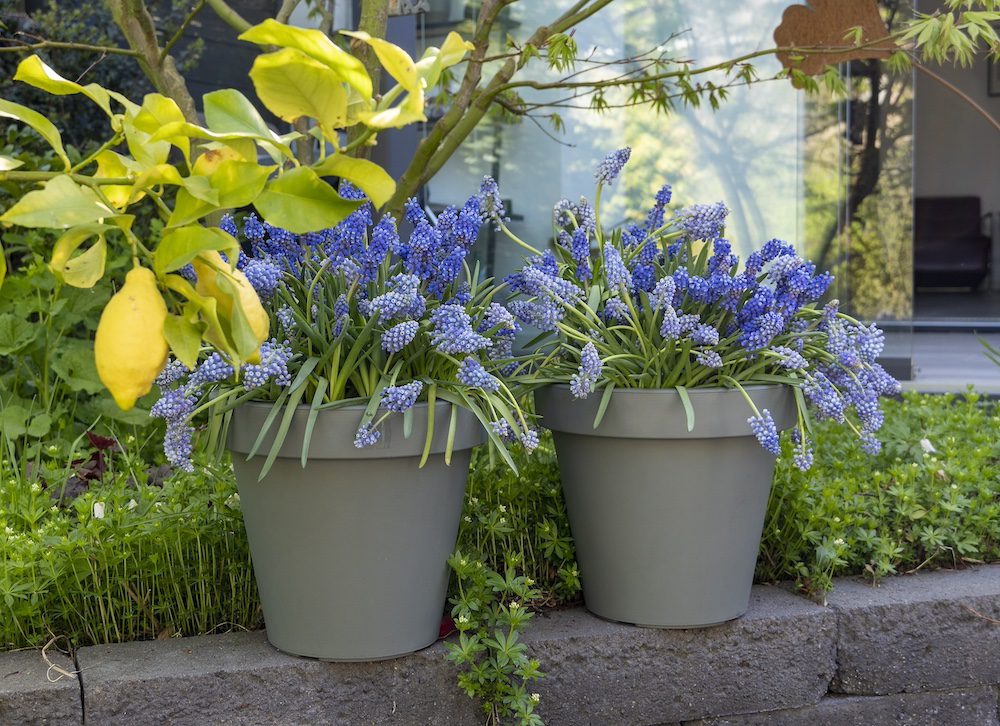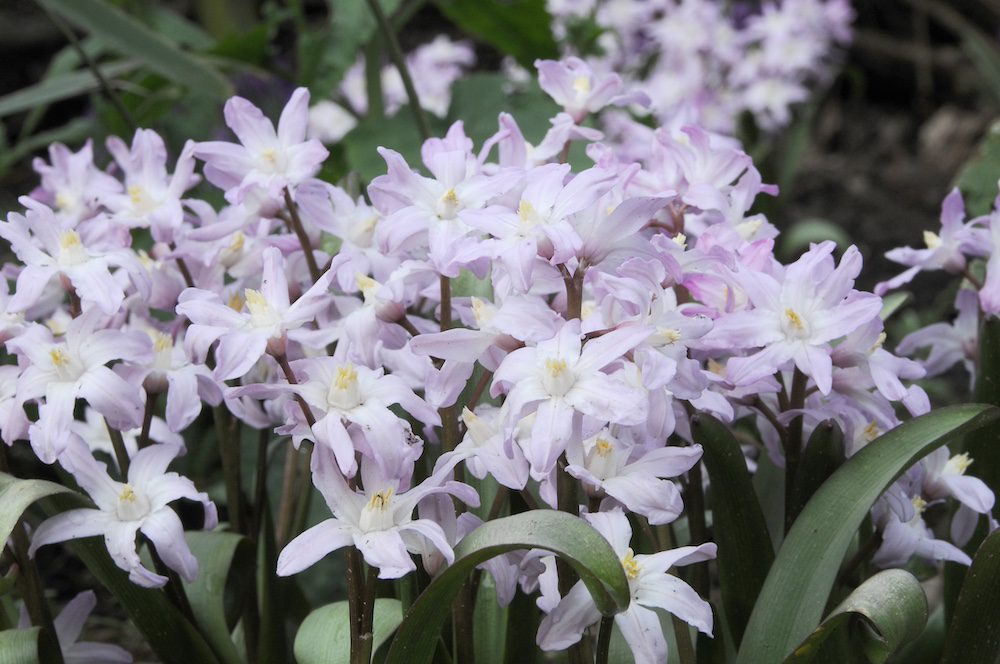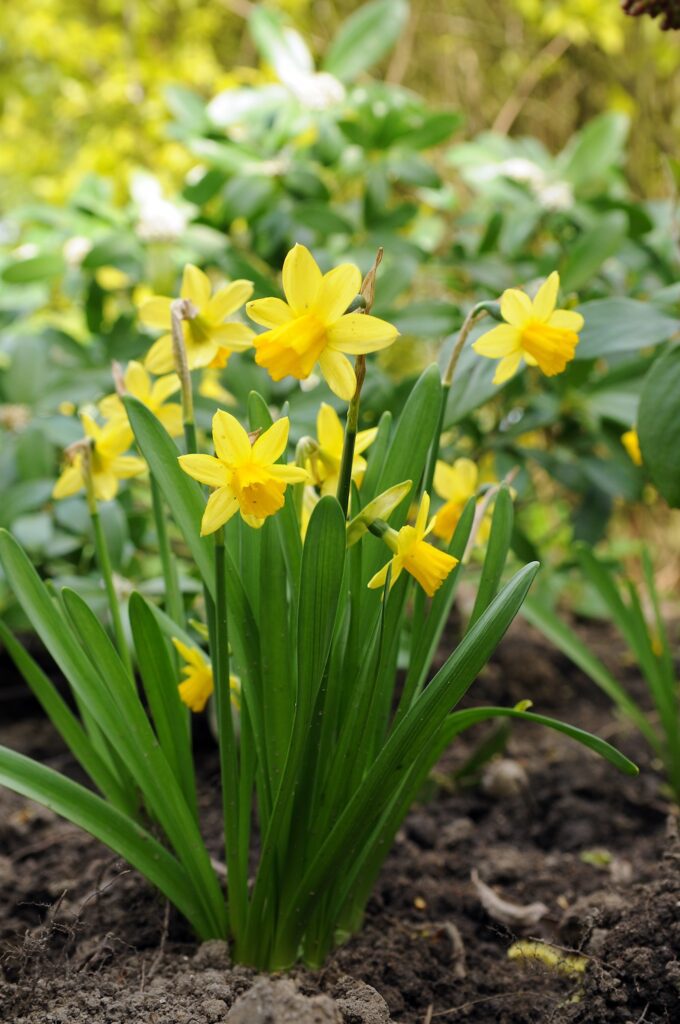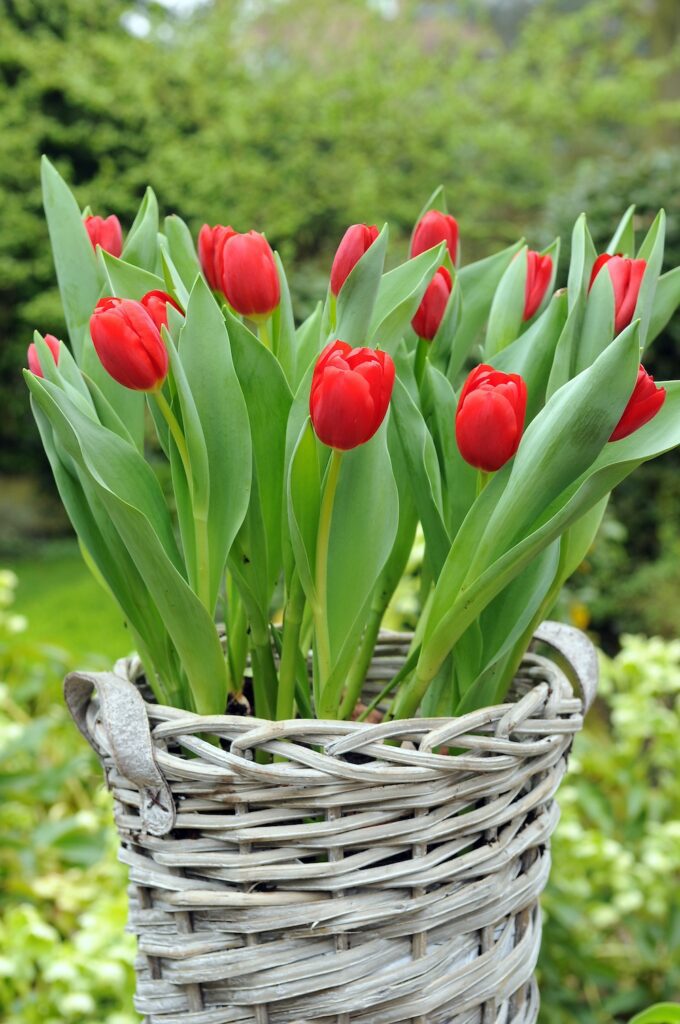9 Flowers You Can Force To Bloom Early
By Jill Brooke

With the cold weather upon us, many flowers are now preparing to sleep. But humans crave the color and beauty of flowers and can become a bit impatient.
Which is why the practice of forcing bulbs to bloom is becoming more popular. Forcing bulbs activates growth outside the normal season and brings color indoors.
It is not only for spring bulbs. Paper whites and amaryllis flowers are traditional holiday flowers that require forcing the bulb.
Horticulturist Peggy Anne Mongomery has these tips to consider doing to get bulbs to bloom early. Montgomery has more than 35 years of U.S. and international experience in trade- and consumer-focused garden communications, public outreach, landscape design, and public horticulture.

Plant bulbs in any well-draining potting mix, plant them very close together, water them, and put them in a cool but not freezing dark place. When they have been chilled for the required length of time, bring them into the house; a cool spot is best, in a sunny window. Cover small bulbs with ½ inch of soil and larger bulbs up to their tips.
Where to Chill
They need a cold period and some moisture to put down roots. The easiest way is to put the pots outside and let Mother Nature do her thing. You can insulate them with a pile of leaves or mulch, and window wells work well, too. To keep rodents out, you may need to cover the pots with chicken wire. A cold garage or basement also works. You can chill just the bulbs in the refrigerator but not near fruit because the ethylene they give off will hamper the process. Strive for about 40 degrees.
Check-In
Check soil moisture every few weeks. Toward the end of the cold period, check to see if the bulbs have put down roots. That is a better indicator that they will bloom than the sprouts. They can stay in the chilling phase a few weeks longer if you want to bring them out in succession. They’ll flower between 2 -4 weeks after that. They will require more water as they grow. They will bloom for a shorter period indoors than they would outside. After they finish blooming, you can try planting the smaller bulbs outside. Tulips and large daffodils don’t always grow to rebloom.
Forcing Times

Anemone blanda (Windflower), 8-10 weeks
Windflowers bloom in spring with daisy-like blue, pink, and or white flowers. You can purchase a mix of colors or one color. These are small, just 4-6 inches tall, perfect for smaller pots.

Chionodoxa (Glory of the Snow), 10-12 weeks
Glory of the Snow blooms with charming, star-shaped flowers of sky blue with white centers. They are also available in pink and white. Growing to 4-5″, ideal for smaller pots.

Crocus (Spring-blooming Crocus), 8-10 weeks
Dutch crocus bloom in various colors, often with striped petals. Dutch crocus have some of the largest blooms. Early crocus, sometimes called ‘Tommy’s, are tiny and bloom in light shades of lavender. Golden crocus is a sweetly scented variety with orange-yellow flowers.

Galanthus (Snowdrops), 10-12 weeks
Snowdrops are the quintessential spring flower. Their white flowers with varying splashes of green come in single and double varieties, growing 4-6″ tall—plant in extra small pots to share with friends and families.

Hyacinthus (Hyacinth), 12-14 weeks
Hyacinthus are often sold pre-chilled with a unique glass vase to be grown with their roots in water, and that’s a fool-proof method. They can also be forced in pots, come in various colors, and have a strong perfume.

Iris reticulata (Dwarf Iris), 10-12 weeks
Tiny, but so elegant. Dwarf iris are like fireworks; they don’t bloom for a terribly long time, but when they do, they are stunning. They grow to be about 5″ tall and come in many shades of blue, purple, and white.
Muscari (Grape Hyacinth) 12-14 weeks
Grape hyacinths not only come in blues and purple, they are also available in pink and white. Topping out at 6-8″, these beauties will be your new favorites.

Narcissus (Dwarf Daffodils), 14-16 weeks
Dwarf varieties are best because taller varieties can flop over. There are hundreds of dwarf varieties to choose from, and the sunny yellow flowers will brighten everyone’s mood.

Tulipa (Tulip), 14-16 weeks
Much like daffodils, the medium to short-statured varieties work particularly well. Tulips come in a vast array of colors and mixed color combinations to compliment any décor.
Photo Credit – Flowerbulb.eu
